English Literature > Edexcel > Edexcel gcse english literature paper 2 june 2023 + mark scheme (All)
Edexcel gcse english literature paper 2 june 2023 + mark scheme
Document Content and Description Below
Mark Scheme (Results) Summer 2023 Pearson Edexcel GCSE In English Literature (1ET0) Paper 2: 19th-century Novel and Poetry since 17892 Edexcel and BTEC Qualifications Edexcel and BTEC qualifica... tions are awarded by Pearson, the UK’s largest awarding body. We provide a wide range of qualifications including academic, vocational, occupational and specific programmes for employers. For further information visit our qualifications websites at www.edexcel.com or www.btec.co.uk. Alternatively, you can get in touch with us using the details on our contact us page at www.edexcel.com/contactus Pearson: helping people progress, everywhere Pearson aspires to be the world’s leading learning company. Our aim is to help everyone progress in their lives through education. We believe in every kind of learning, for all kinds of people, wherever they are in the world. We’ve been involved in education for over 150 years, and by working across 70 countries, in 100 languages, we have built an international reputation for our commitment to high standards and raising achievement through innovation in education. Find out more about how we can help you and your students at: www.pearson.com/uk Summer 2023 Question Paper Log Number P72892 Publications Code 1ET0_02_2306_MS All the material in this publication is copyright © Pearson Education Ltd 20233 General Marking Guidance • All candidates must receive the same treatment. Examiners must mark the first candidate in exactly the same way as they mark the last. • Mark schemes should be applied positively. Candidates must be rewarded for what they have shown they can do rather than penalised for omissions. • Examiners should mark according to the mark scheme not according to their perception of where the grade boundaries may lie. • There is no ceiling on achievement. All marks on the mark scheme should be used appropriately. • All the marks on the mark scheme are designed to be awarded. Examiners should always award full marks if deserved, i.e. if the answer matches the mark scheme. Examiners should also be prepared to award zero marks if the candidate’s response is not worthy of credit according to the mark scheme. • Where some judgement is required, mark schemes will provide the principles by which marks will be awarded and exemplification may be limited. • When examiners are in doubt regarding the application of the mark scheme to a candidate’s response, the team leader must be consulted. • Crossed out work should be marked UNLESS the candidate has replaced it with an alternative response. Marking Guidance – Specific • The marking grids have been designed to assess student work holistically. The grids identify the Assessment Objective being targeted by the level descriptors. • When deciding how to reward an answer, examiners should consult both the indicative content and the associated marking grid(s). When using a levels-based mark scheme, the ‘best fit’ approach should be used. • Examiners should first decide which descriptor most closely matches the answer and place it in that level. • The mark awarded within the level will be decided based on the quality of the answer and will be modified according to how securely all bullet points are displayed at that level. • In cases of uneven performance, the points above will still apply. Candidates will be placed in the level that best describes their answer according to the Assessment Objective described in the level. Marks will be awarded towards the top or bottom of that level depending on how they have evidenced each of the descriptor bullet points. • Indicative content is exactly that – it consists of factual points that candidates4 are likely to use to construct their answer. It is possible for an answer to be constructed without mentioning some or all of these points, as long as they provide alternative responses to the indicative content that fulfil the requirements of the question. It is the examiner’s responsibility to apply their professional judgment to the candidate’s response in determining if the answer fulfils the requirements of the question. Placing a mark within a level • Examiners should first decide which descriptor most closely matches the answer and place it in that level. The mark awarded within the level will be decided based on the quality of the answer and will be modified according to how securely all bullet points are displayed at that level. • In cases of uneven performance, the points above will still apply. Candidates will be placed in the level that best describes their answer according to the descriptors in that level. Marks will be awarded towards the top or bottom of that level depending on how they have evidenced each of the descriptor bullet points. • If the candidate’s answer meets the requirements fully, markers should be prepared to award full marks within the level. The top mark in the level is used for work that is as good as can realistically be expected within that level.5 The table below shows the number of raw marks allocated for each question in this mark scheme. Component Assessment Objectives AO1 AO2 AO3 AO4 Total mark Component 2: 19th-century Novel and Poetry Questions 1a to 7a 20 20 Questions 1b to 7b 20 20 Questions 8 to 11 15 5 20 Question 12 8 12 20 AO1 Read, understand and respond to texts. Candidates should be able to: ● maintain a critical style and develop an informed personal response ● use textual references, including quotations, to support and illustrate interpretations. AO2 Analyse the language, form and structure used by a writer to create meanings and effects, using relevant subject terminology where appropriate. AO3 Show understanding of the relationships between texts and the contexts in which they were written. AO4 Use a range of vocabulary and sentence structures for clarity, purpose and effect, with accurate spelling and punctuation.6 Section A – 19th-century Novel Jane Eyre Question Number Indicative Content 1 (a) The indicative content is not prescriptive. Reward responses that explore the ways in which Brontë presents what Jane Eyre sees and hears in this extract. Responses may include: • Jane Eyre describes the moonlight as ‘full and bright’. In parenthesis, she clarifies why: ‘(for the night was fine)’ • the moon is personified: ‘looked in at me’, ‘her glorious gaze roused me’, ‘her disc — silver-white and crystal clear’. The moon’s beauty is tempered by solemnity: ‘beautiful, but too solemn’ • Jane hears a shocking noise, which the reader knows by her monosyllabic exclamatory outburst: ‘Good God! What a cry!’ • the night is described as being ripped apart by ‘a savage, a sharp, a shrilly sound’. The use of the repeated ‘a’ and sibilance emphasises the horror of terrifying noise • hyperbole is used to describe Jane’s reaction to the sound: ‘My pulse stopped: my heart stood still; my stretched arm was paralysed’ • Jane uses an analogy, when describing the ‘fearful shriek’ as being worse than the sound of the ‘wildest-winged condor on the Andes’ and adding whatever had made the sound would have to rest before it was repeated • Jane locates the sound as coming from the room above her own. T [Show More]
Last updated: 3 months ago
Preview 1 out of 108 pages
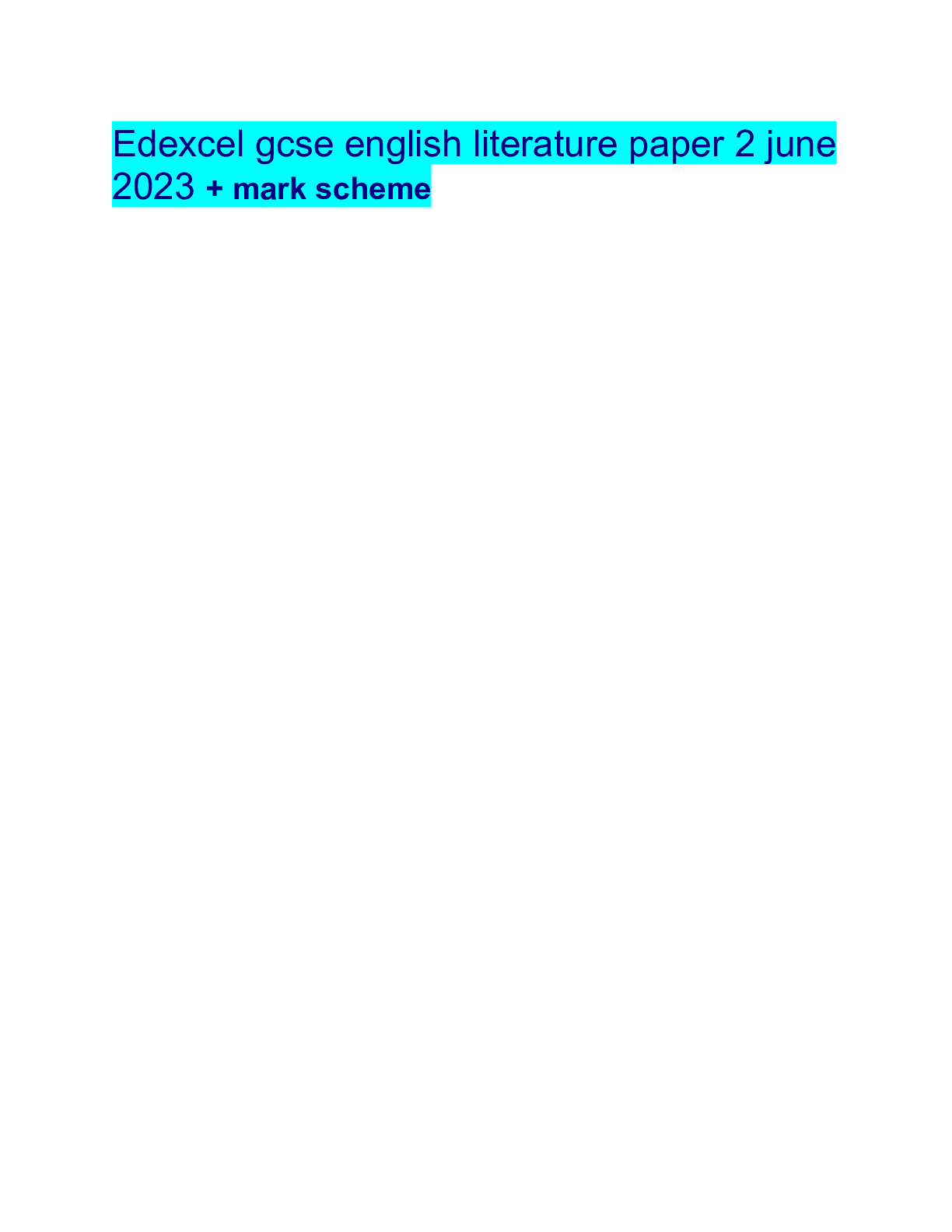
Reviews( 0 )
Document information
Connected school, study & course
About the document
Uploaded On
Jan 16, 2024
Number of pages
108
Written in
Additional information
This document has been written for:
Uploaded
Jan 16, 2024
Downloads
0
Views
24

.png)
.png)
.png)
.png)
.png)
.png)
.png)
.png)
.png)
.png)
.png)
.png)
.png)
.png)
.png)
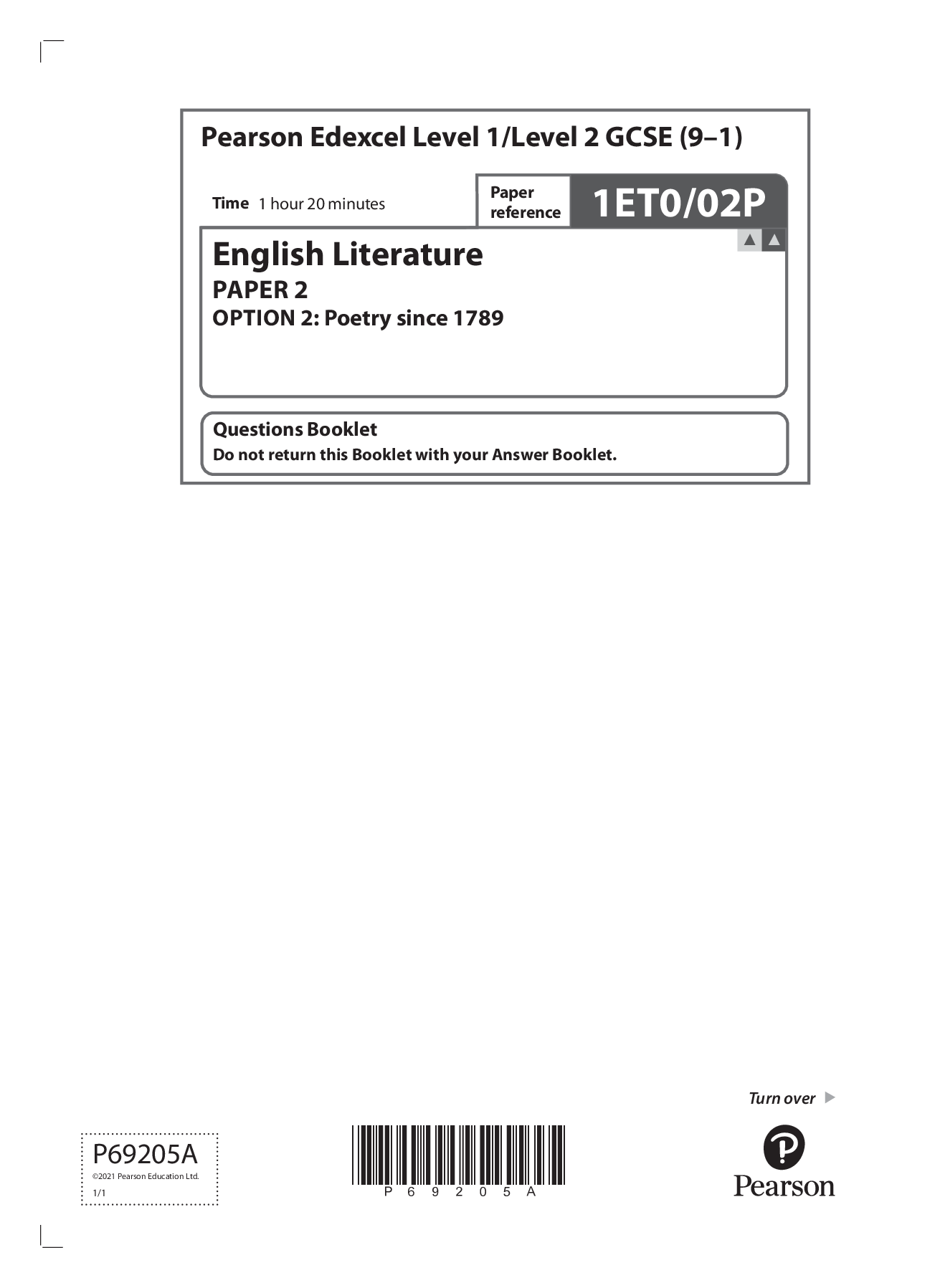

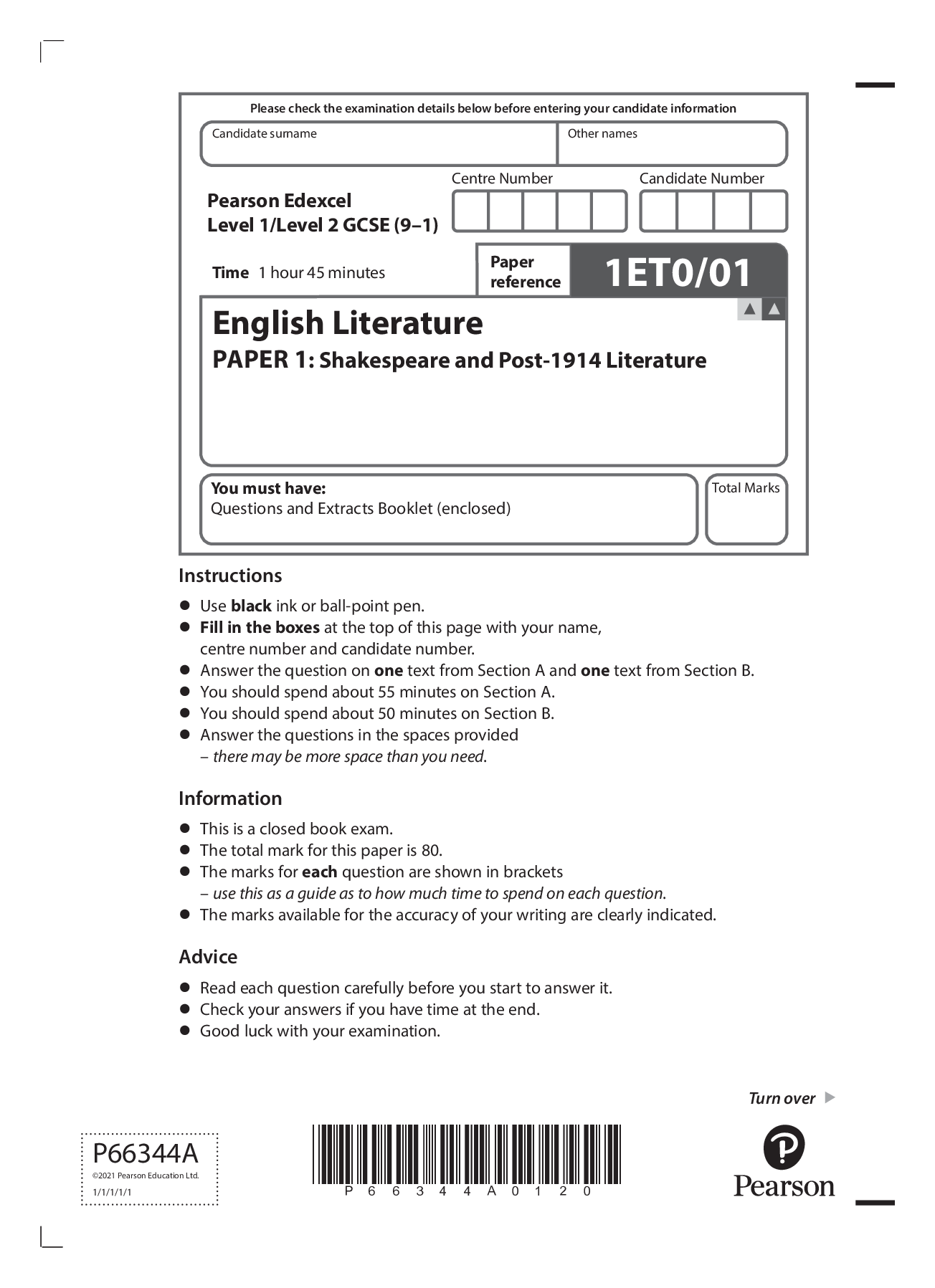
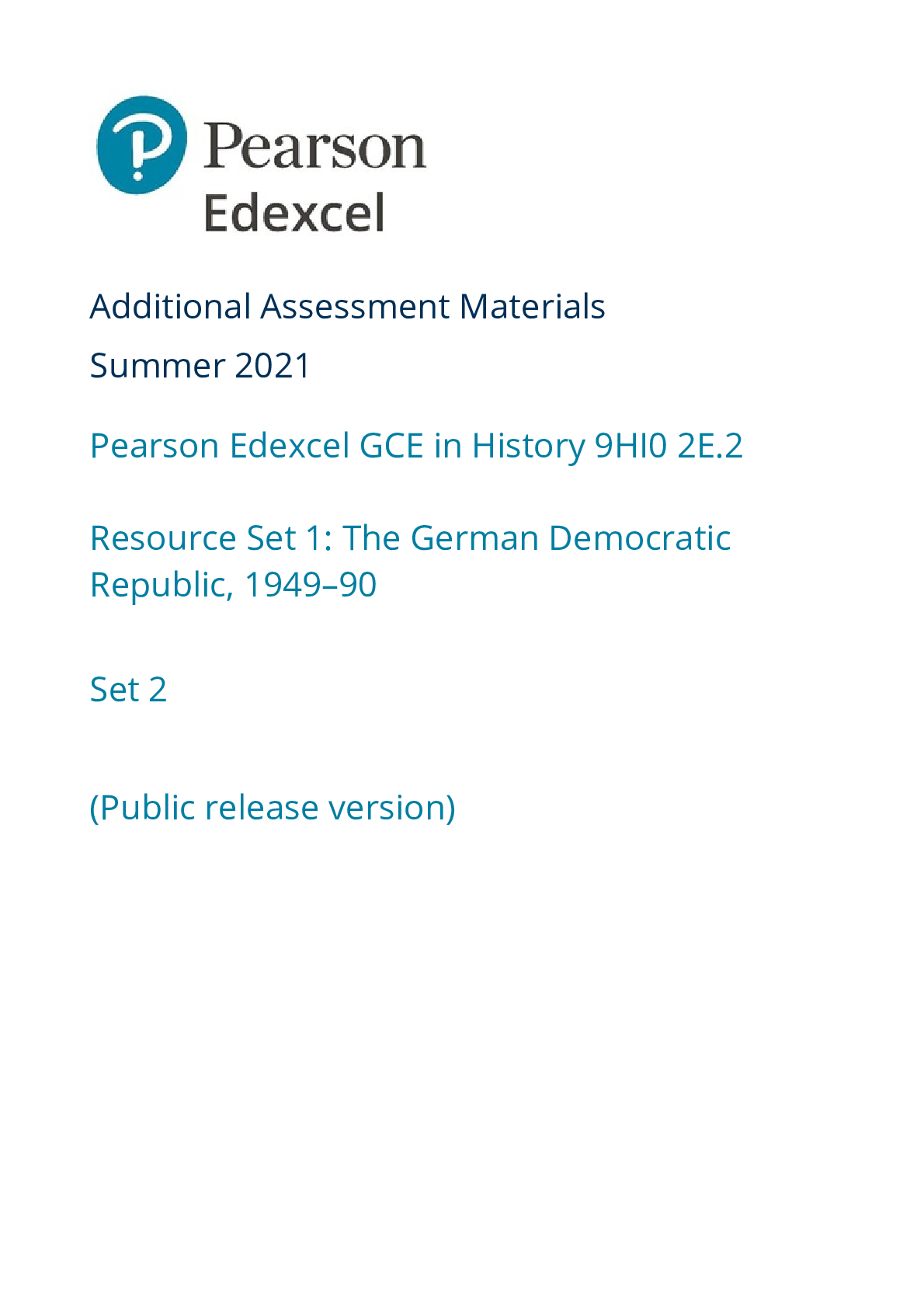
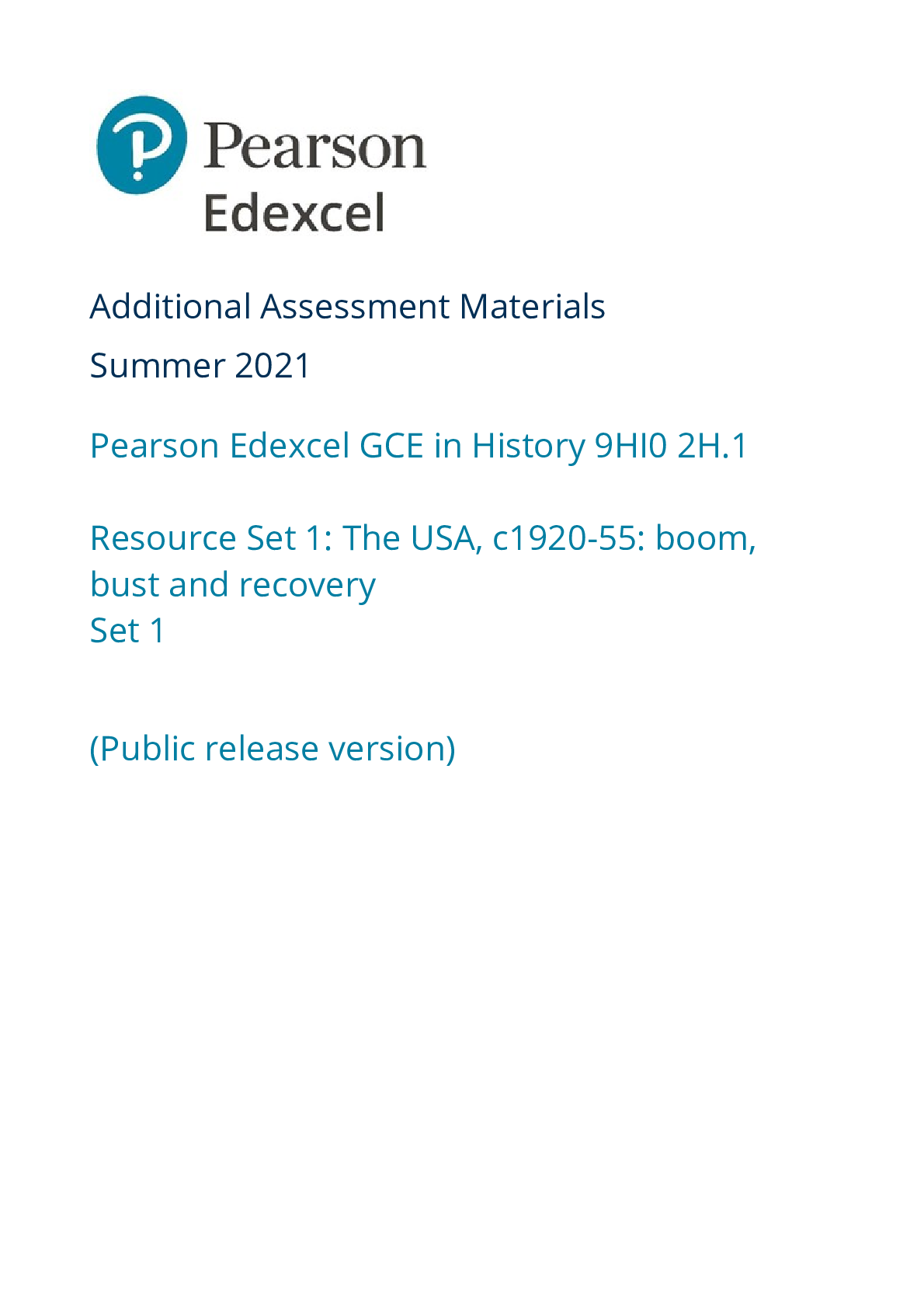
.png)
.png)
.png)
.png)
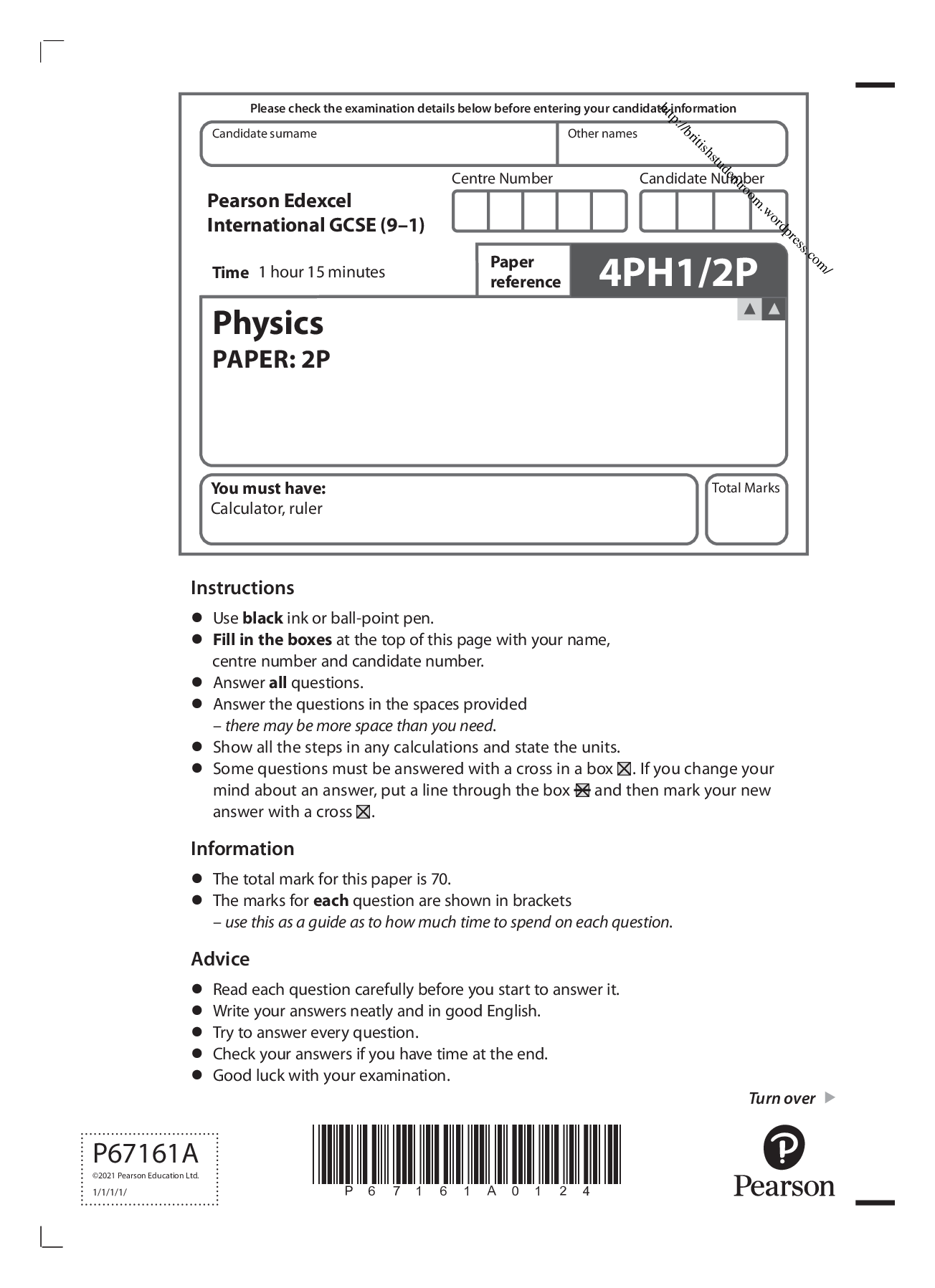
.png)
.png)
.png)
.png)
.png)

